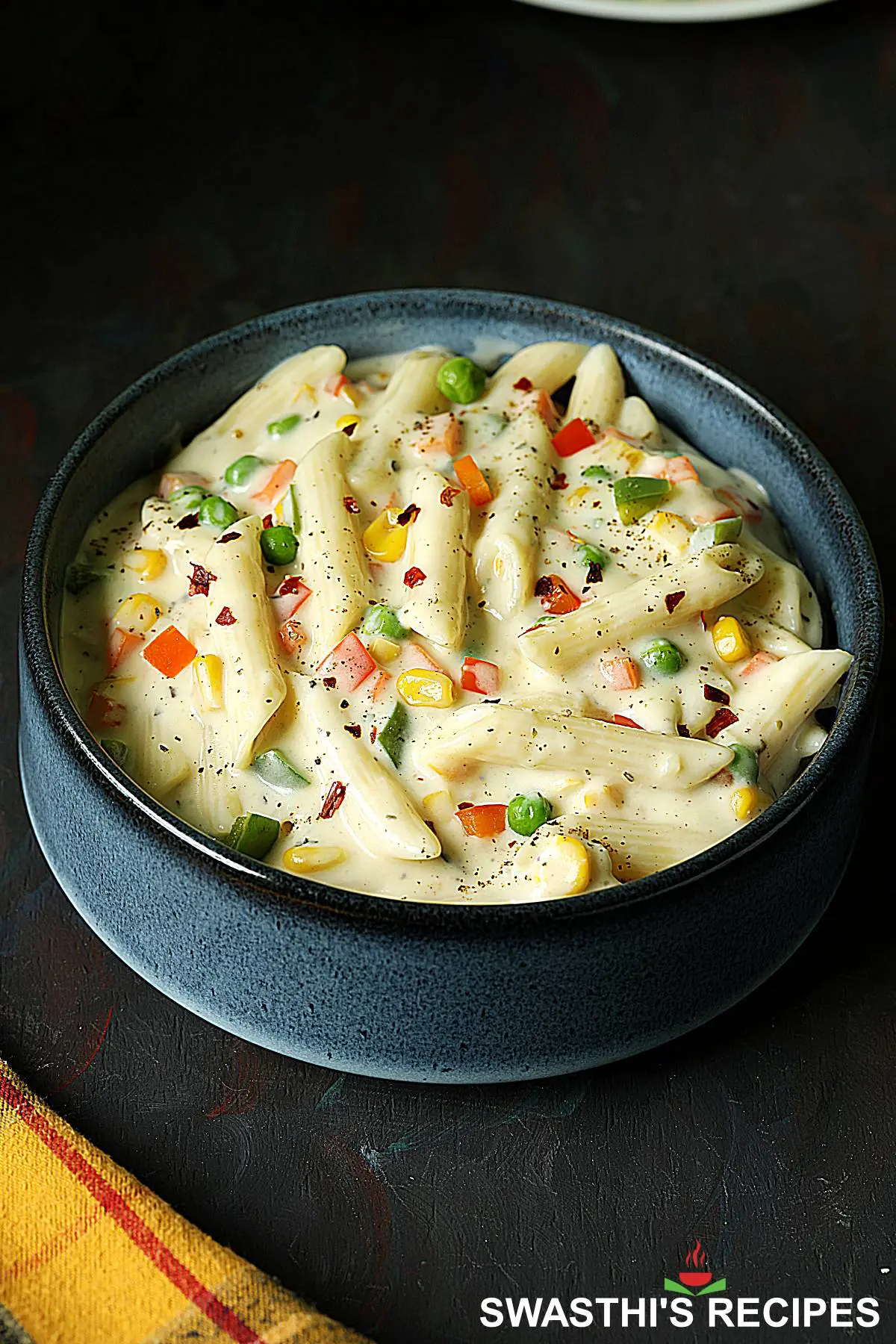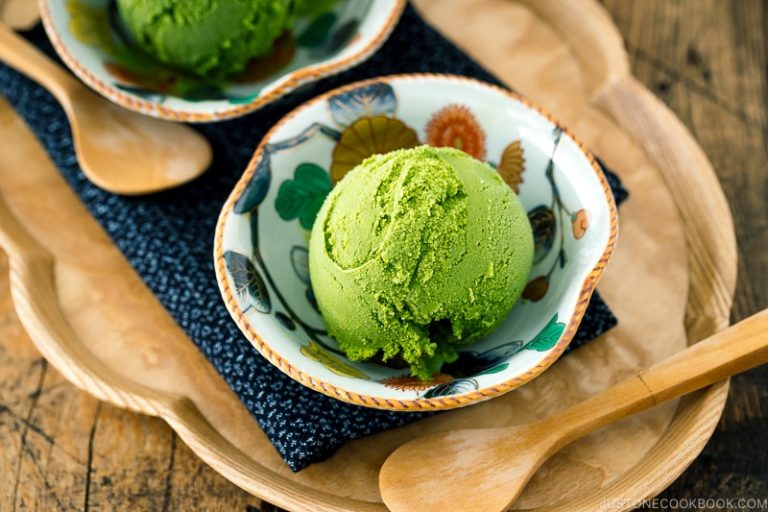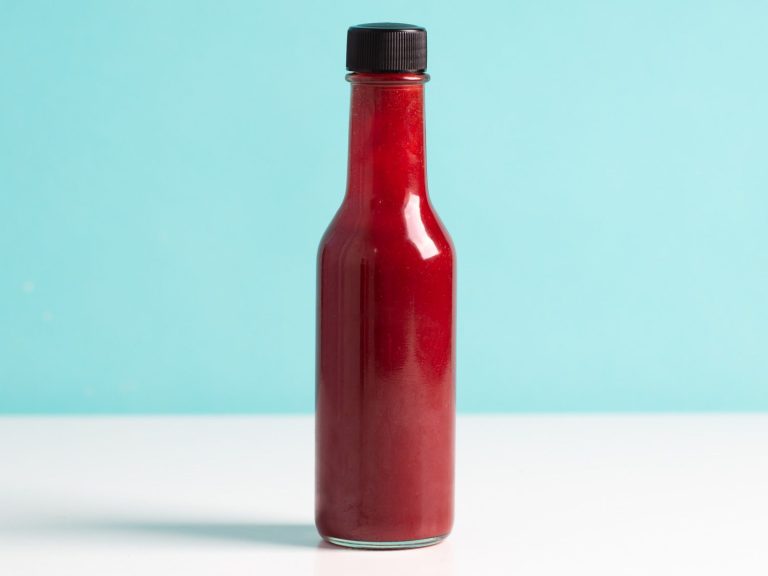Basic Bechamel Sauce: Origins, Recipe, and Tips for a Perfect Sauce Every Time
Bechamel sauce, also known as white sauce, traces its origins to France. It’s named after Louis de Béchameil, a financier who purportedly refined the recipe in the 17th century. This sauce became an integral part of French cuisine, forming the base for many dishes. Historically, Bechamel has also appeared in Italian cuisine, notably in lasagna and other baked pasta dishes.
Key Ingredients
Bechamel sauce relies on three primary ingredients:
- Butter: Offers a rich and creamy base.
- Flour: Functions as a thickening agent.
- Milk: Provides the liquid component, achieving a smooth consistency.
To make Bechamel, melt butter over medium heat, then whisk in flour to form a roux. Slowly add warm milk, stirring continually until the mixture thickens. Season with salt, pepper, and often nutmeg for enhanced flavor. These ingredients create a versatile sauce that serves as a foundation for many other sauces and dishes.
How to Make Basic Bechamel Sauce
Step-by-Step Preparation
Start by gathering your ingredients: 2 tablespoons of butter, 2 tablespoons of all-purpose flour, and 1 cup of milk. Having all ingredients measured and ready streamlines the process.
- Melt Butter: Place a medium saucepan over medium heat, then add butter. Stir until fully melted.
- Add Flour: Gradually whisk in flour until the mixture becomes smooth and begins to bubble, cooking the roux for about 2 minutes.
- Pour Milk: Slowly add milk to the roux while constantly whisking. Keep whisking to prevent lumps.
- Thicken Sauce: Continue stirring the mixture until it thickens and starts to simmer. This usually takes 5-7 minutes.
- Season: Add salt, white pepper, and nutmeg to taste, adjusting the seasoning based on your preference.
- Lumpy Sauce: Lumps can form if you add milk too quickly or don’t whisk continuously. Prevent this by adding milk slowly in small increments, ensuring each amount is fully incorporated.
- Burnt Roux: The roux burns if cooked over high heat or left unattended. Use medium heat and stir constantly during the roux-making process.
- Thin Sauce: Under-thickened sauce occurs if the roux isn’t cooked long enough. Ensure the sauce reaches a simmer and thickens properly before removing it from heat.
- Overly Thick Sauce: If the sauce becomes too thick, add small amounts of milk, whisking until you reach the desired consistency.
By following these steps and avoiding common pitfalls, you’ll consistently create a smooth, flavorful Bechamel sauce.
Uses of Basic Bechamel Sauce in Cooking
Classic Dishes Featuring Bechamel
Basic Bechamel sauce serves as the foundational element of many classic dishes. In lasagna, it forms one of the main layers, adding creaminess to complement the meat sauce and pasta. Moussaka, a popular Greek dish, uses Bechamel to top layers of eggplant and ground meat, creating a rich and velvety finish. Croque Monsieur, a renowned French sandwich, incorporates Bechamel as a key ingredient, lending a creamy texture that balances the ham and cheese. Gratins, another classic, often rely on Bechamel to bind vegetables (e.g., potatoes, cauliflower) and create a golden-brown crust when baked.
Creative Ways to Incorporate Bechamel
Using Bechamel creatively can elevate various dishes beyond the classics. You can mix it with shredded cheese to create a smooth cheese sauce ideal for pouring over nachos or mixing into macaroni. Incorporating herbs (e.g., thyme, rosemary) into Bechamel can transform it into a herbed sauce, perfect for drizzling over roasted vegetables. Combining Bechamel with mustard or horseradish forms a tangy condiment suited for dipping fried appetizers or spreading on sandwiches. Blending Bechamel with pureed vegetables like spinach or squash can produce vibrant, nutritious sauces to enhance pasta or grain dishes.
Tips for Perfecting Your Bechamel Sauce
Choosing the Right Dairy
Selecting suitable dairy is vital for your Bechamel sauce. Use whole milk for a rich, creamy texture; avoid skim milk if you don’t want a thin consistency. If you prefer a thicker sauce, consider adding cream. For a lighter version, substitute part of the milk with a non-dairy alternative like almond milk, though it may slightly alter the flavor. The freshness of your milk matters too—always use fresh dairy to prevent any off-tastes.
The Importance of Roux Consistency and Cooking Time
Achieving the right roux consistency is crucial for Bechamel sauce. A proper roux consists of equal parts fat and flour. Cook it until it forms a smooth paste, then continue cooking until it reaches a light golden color for mild flavor or darker if you want a nuttier taste. Avoid overcooking, which makes the sauce taste burnt. Gradually incorporate your dairy while continuously whisking to prevent lumps and ensure smoothness. Cook time affects flavor and texture—don’t rush it. Allow the sauce to thicken over medium heat until it coats the back of a spoon.
Conclusion
Mastering Bechamel sauce opens up a world of culinary possibilities. With its rich history and versatility, this classic sauce is a must-have in your cooking repertoire. Whether you’re enhancing a lasagna, perfecting a Croque Monsieur, or experimenting with creative variations, Bechamel provides a creamy, smooth foundation that elevates any dish. Remember to focus on the quality of your ingredients and follow the steps carefully to achieve that perfect consistency. With practice, you’ll be able to create a Bechamel sauce that’s both flavorful and lump-free, ready to impress your family and friends.






